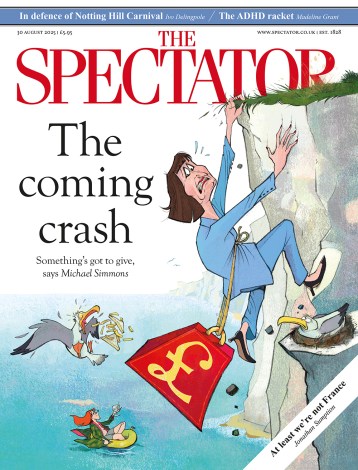Books Podcast: How not to be a boy
In this week’s Books podcast, my guest is the comedian and writer Robert Webb — whose moving and funny new book How Not To Be A Boy turns the material of a memoir into a heartfelt polemic about what he calls “The Trick”: the gender expectations that he identifies as causing many of the agonies of his adolescence and young manhood. What is it to be a man? Are we doomed to lives of inarticulacy, shagging, fighting and drinking — giving pain and fear their only outlet in anger? Sounds good to me — but Webb thinks there might be a better way… You can listen to our conversation here: And do




















